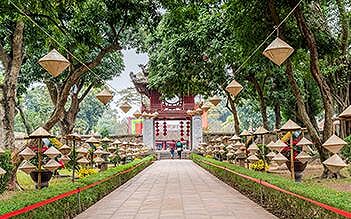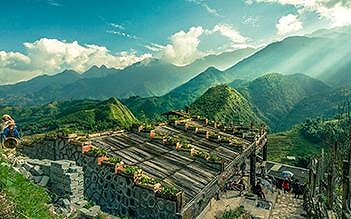Overview
Hue is a national city of Vietnam and it used to be the capital of Vietnam under the Nguyen dynasty (1802-1945). Today, the city is centered on many aspects of the Central such as culture, politics, health, education, tourism, and science, etc. The prominent sites here are the Perfume River and the legacy of the feudal dynasty.
Moreover, the city has five UNESCO heritages in Vietnam: the Hue ancient citadel relic complex (1993), Nha Nhac (Hue royal court music) (2003), Nguyen Dynasty’s wood blocks (2009), Nguyen Dynasty’s Chau ban (2014), and the literature on Hue royal architecture (2016). Hue is one of the three biggest cities in North Central Vietnam and one of the largest cities in Vietnam.
Thuan Hoa - Phu Xuan - Hue has a history of formation and development of about 7 centuries (since 1306). Over a long period of time, the city has integrated the precious material and spiritual values to create a cultural tradition in Hue. Hue culture is created by the special character of the spirit which is diverse in type, rich and unique in content, expressed richly in many fields such as literature, music, art, customs, festivals, behavior, eating - dressing - living, communication style, and lifestyle, etc.



